“Todas as coisas que são lindas com cor, como flores e folhas, ou o azul do céu e a glória do pôr do sol, são fugazes e em constante mudança. Somente o brilho e a cor das pedras preciosas permaneceram inalteradas de milhares de anos atrás até agora. Milhares de anos depois, serão os mesmos”
-[A curiosa tradição de pedra preciosa]
George F. Kunz (gemologista e mineralogista, ano de 1856 ~ 1932)
O uso de pedras preciosas não se limita a jóias; Eles também são comuns na relojoaria. A maioria das pedras preciosas é conhecida por sua durabilidade, e suas ricas cores e brilho aumentam a estética dos relógios.
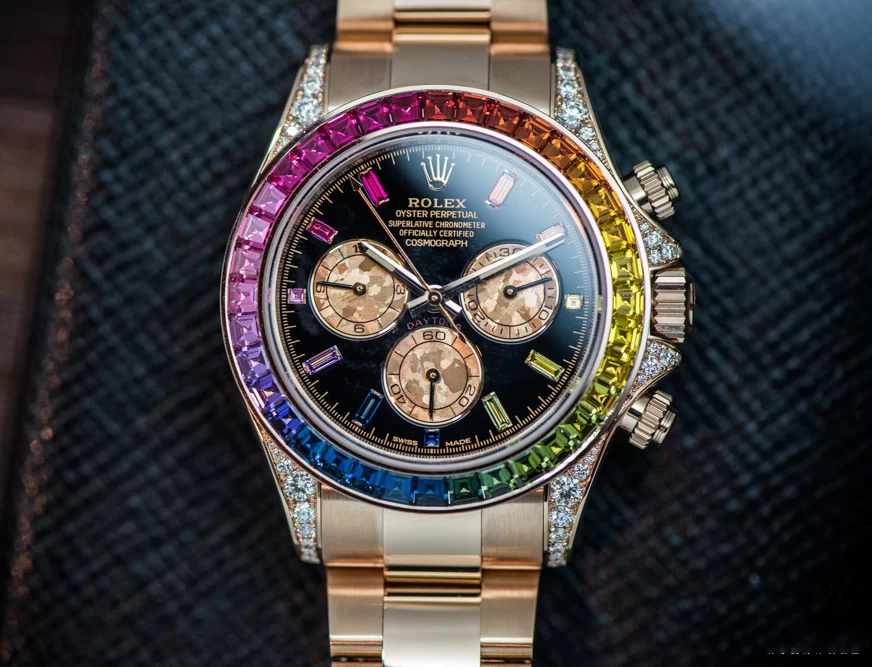
Eles são colocados em casos de vigia e usados como decorações nos mostradores de relógio. Semelhante a Pantone anunciando a cor do ano, nos últimos anos, houve uma tendência na indústria de relógios, onde cores diferentes dominam os mostradores de relógio em momentos diferentes.
As marcas alcançam a expressão de cores por meio de técnicas como Paintin e esmalte, e o uso de pedras preciosas de vários materiais para criar mostradores também é um método popular.
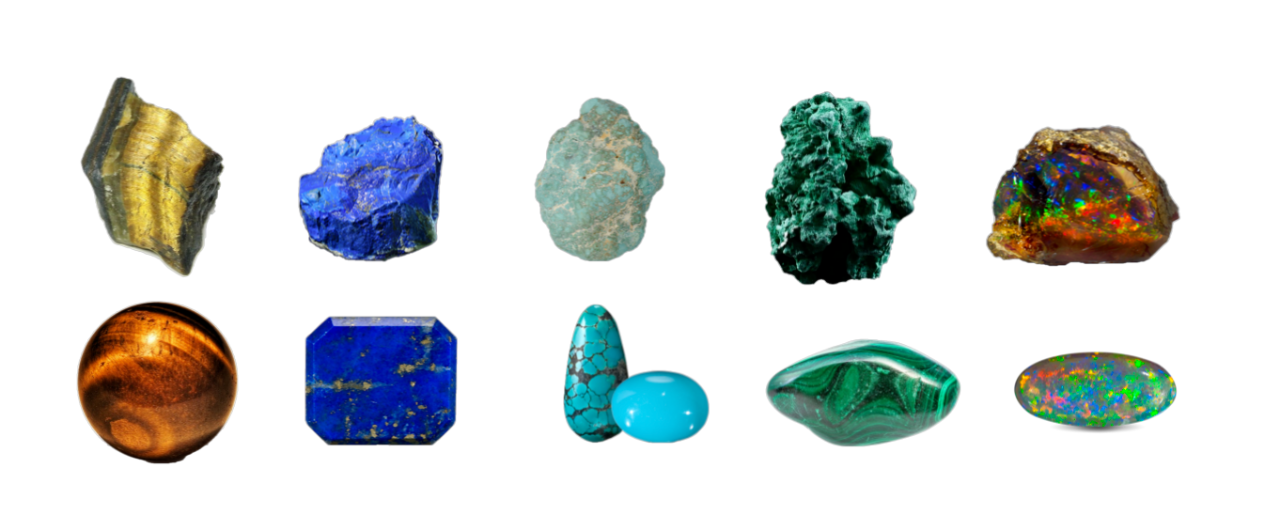
Para relógios de pulso, o que define a beleza?
Geralmente, consideramos fatores como design de casos, layout de discagem, casos transparentes e funcionalidades complexas - tudo dentro dos limites de um pequeno espaço, onde a beleza está nos detalhes.
O mostrador, frequentemente comparado a uma "expressão facial" para relógios, é sem dúvida influenciada por sua cor. Como mencionado, quando as pedras preciosas são criadas em mostradores de vigia, a ênfase tende a se inclinar para considerações de "coordenação de cores". Portanto, em comparação com o valor intrínseco da própria pedra preciosa, sua cor desempenha um papel crucial na expressão do apelo estético geral do relógio e afeta significativamente seu valor.
Na busca de melhorar o fascínio visual desse "rosto", as marcas investem esforços na seleção de pedras preciosas de cores apropriadas.
Esta postagem utilizando vários tipos de pedras preciosas, e a seguir é uma introdução a algumas pedras preciosas comumente usadas na criação de mostradores de relógio.
01 diamante
O diamante é a única pedra preciosa composta por um único elemento - átomos de carbono, com um teor de carbono de até 99,95%. Os 0,05% restantes consistem em elementos de traço que não pertencem à sua estrutura química básica. A maioria dos diamantes se formou durante a era antiga, há mais de um bilhão de anos, e apenas cristalizavam sob condições de alta temperatura e pressão aproximadamente 160 quilômetros abaixo da superfície da Terra.
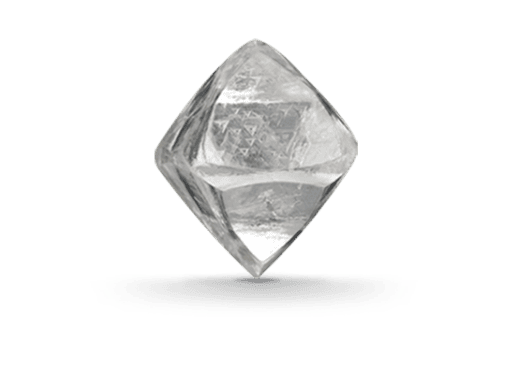
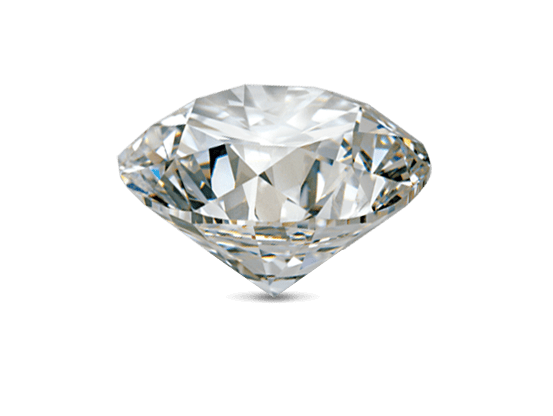
Como avaliamos a qualidade de um diamante incolor? É baseado no 4CS: quilat (peso), cor, clareza e corte. De acordo com esses critérios, um bom diamante é maior, mais incolor, mais claro e bem cortado. Além disso, existem alguns diamantes preciosos com valor extremamente alto.
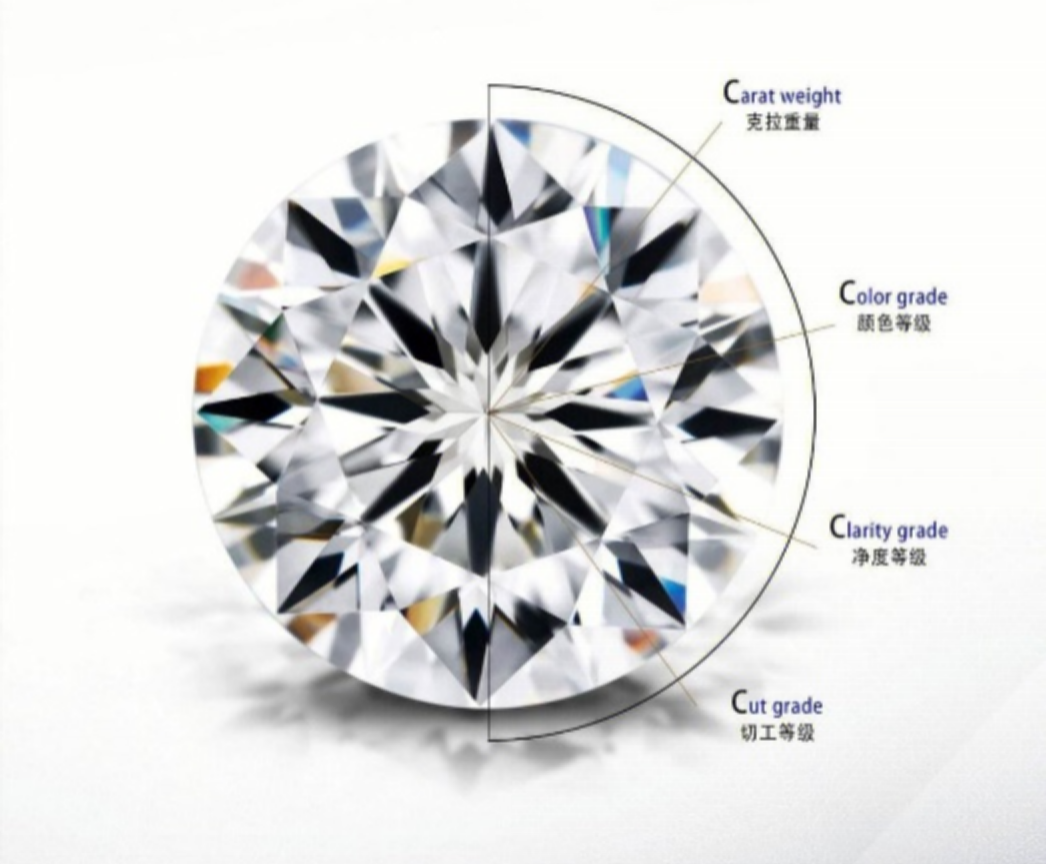
Os diamantes têm uma longa história, com registros de comércio de diamantes que remontam a 800 aC na Índia. Hoje, os diamantes são amplamente prevalentes globalmente. A África do Sul e a Austrália são as principais regiões produtoras de diamantes.
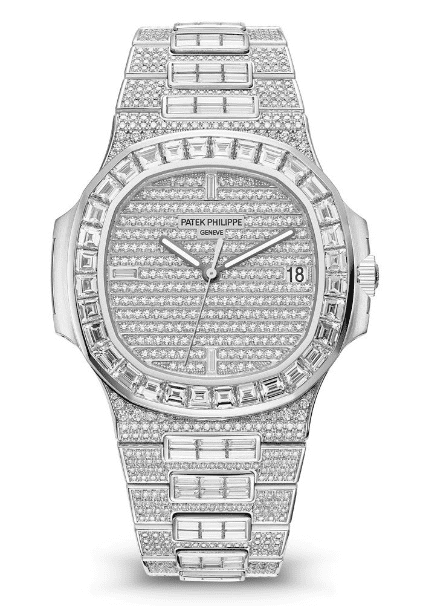
Os diamantes possuem um brilho deslumbrante incomparável por outras pedras preciosas. Eles não são apenas favorecidos em jóias, mas também são frequentemente apresentados em relógios. Como a pedra preciosa mais difícil do mundo, os diamantes são frequentemente apresentados em relógios como parte do mostrador, mostrando seu brilho por meio de configurações intrincadas.
02 camadas de lazuli
Draidade do MOHS: 5-5.5
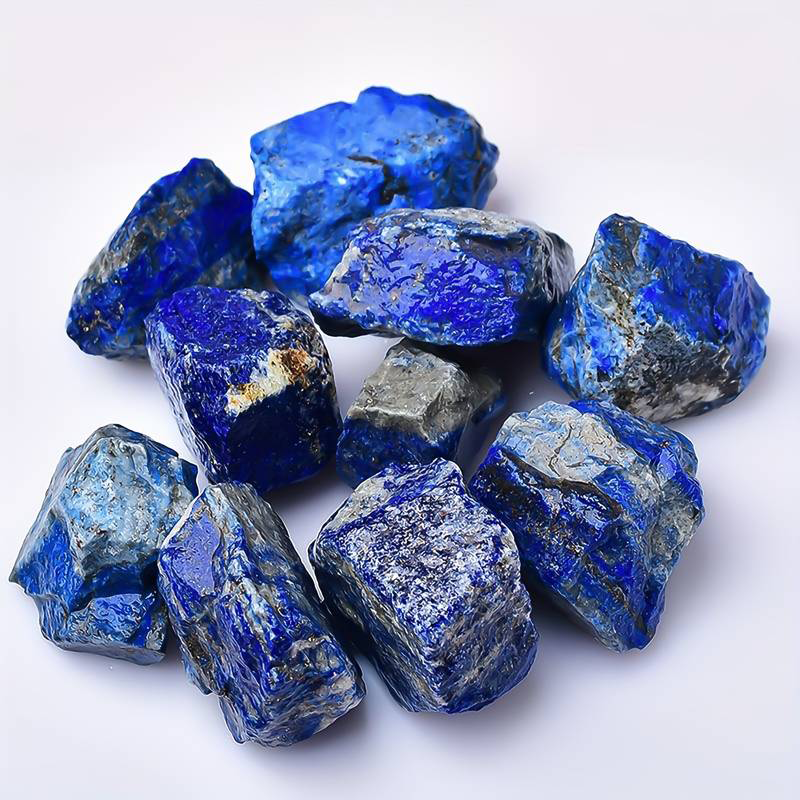
Lapis Lazuli é uma rocha metamórfica rara composta principalmente por um mineral com sódio, alumínio, silício, enxofre, cloreto e hidróxido, juntamente com quantidades variadas de pirita e calcita branca. É uma pedra preciosa semi-transparente a opaco, com um brilho ceroso a vítreo.
A cor de Lapis Lazuli varia de azul levemente esverdeado a azul violeta, e lazúli de alta qualidade é caracterizado por um azul uniforme e altamente saturado com manchas douradas mínimas.

Já em 3100 aC, há registros de Lapis Lazuli sendo extraído, tornando -o possivelmente a pedra preciosa azul usada pelos humanos. Nas civilizações antigas, incluindo Mesopotâmia, Egito, China, Grécia e Roma, Lapis Lazuli foi considerada uma jóia preciosa. Antes do início do século XIX, era moído em pó e usado como um pigmento azul profundo. Durante o Renascimento, os artistas o usaram para criar um pigmento azul de alta qualidade conhecido como "ultramarina".

Lapis Lazuli tem uma longa história de mineração no Afeganistão e continua sendo a principal fonte até hoje. Outras grandes áreas de produção incluem Chile e Rússia. Lapis Lazuli tem sido consistentemente um material preferido para mostradores de relógio em relógios de luxo
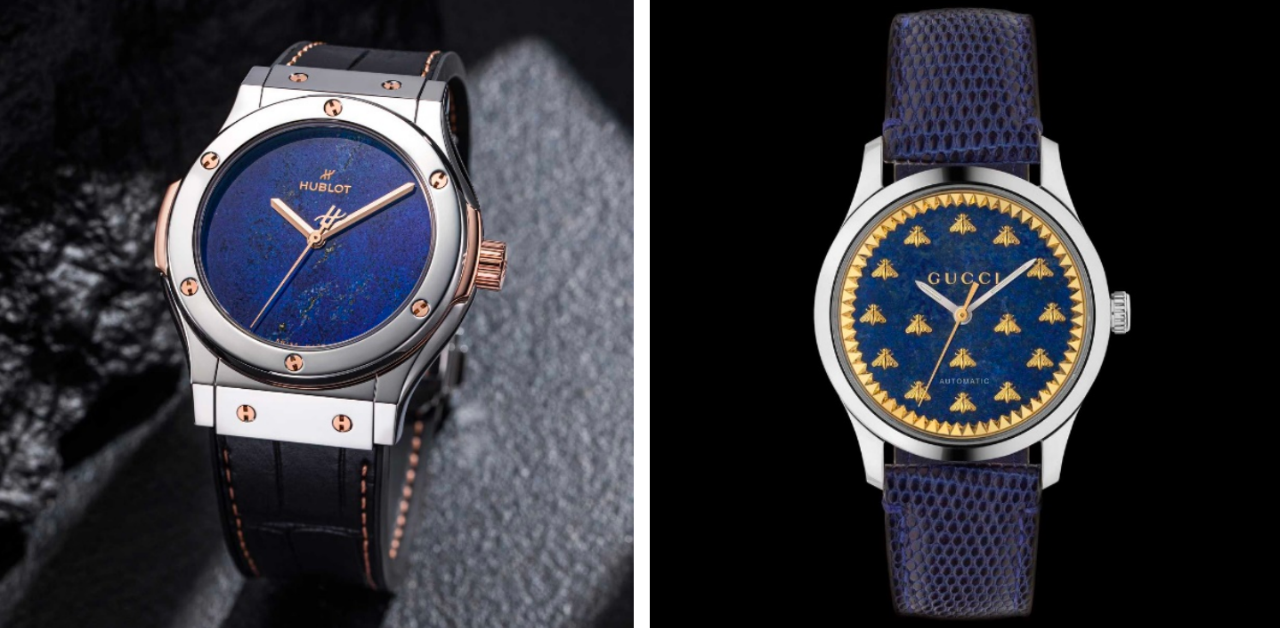
03 olhos de tigre
MOHS dureza: 6.5-7
Olhos de Tiger é uma variedade semipreciosa de quartzo conhecida por sua chatoyancy-um fenômeno em que uma faixa de luz brilhante, semelhante ao olho longo e estreito de um gato, aparece na superfície curva da pedra preciosa. É nomeado por sua semelhança com os olhos afiados de um tigre.
Imagens da internet
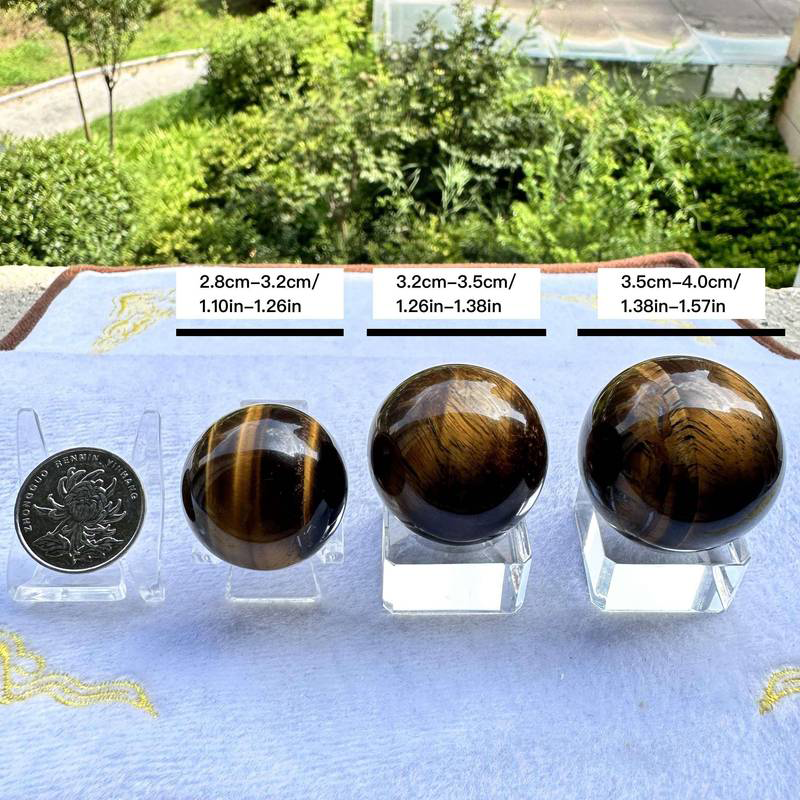
O olho do tigre se forma durante os estágios iniciais da alteração das fibras de crocidolita, primeiro se transformando em óxido de ferro e posteriormente substituído por sílica. A pedra preciosa é tipicamente opaca e varia de cor de amarelo rico a marrom. Um olho de tigre de alta qualidade deve exibir superfícies sem falhas, com um efeito ocular de gato bem definido e brilhante posicionado centralmente.
O olho de Tiger tem menções históricas que remontam aos tempos romanos e egípcios antigos, onde foi associado aos deuses do sol e à vitória. As principais fontes de olho de Tiger incluem África do Sul, Brasil e China.
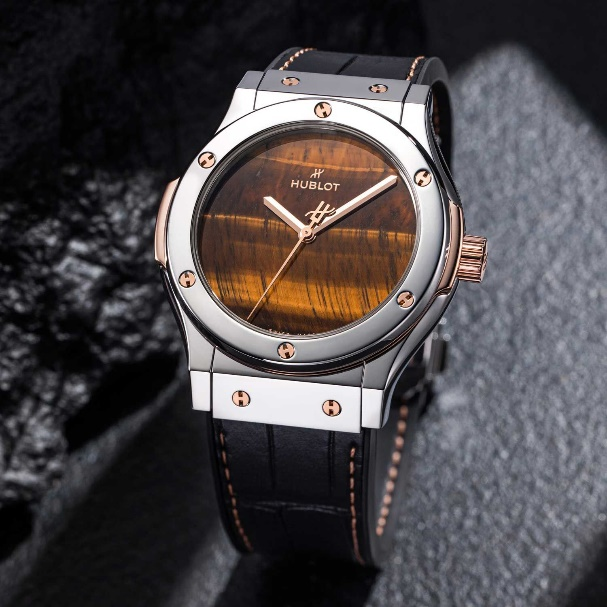
Depois de sofrer um corte de cabochon, os olhos do Tiger exibem excelente brilho, e sua atratividade é aprimorada ainda mais por reflexões diferentes quando visualizadas de vários ângulos.
04 turquesa
MOHS dureza: 5-6
Turquesa é uma pedra preciosa formada em estruturas cristalinas perto de águas rasas em regiões áridas e áridas. É uma jóia semi-translúteis a opacas, geralmente aparecendo em uma forma opaca com listras, manchas ou padrões de veias semelhantes a ferro. A turquesa de melhor qualidade exibe um tom azul único e intenso, frequentemente descrito como "Robin's Egg Blue", "Sky Blue" ou "Blue Persa".
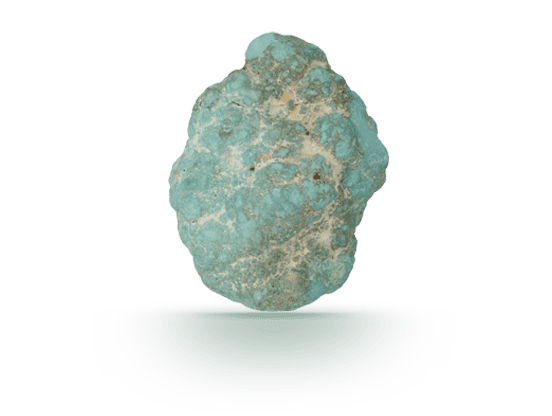
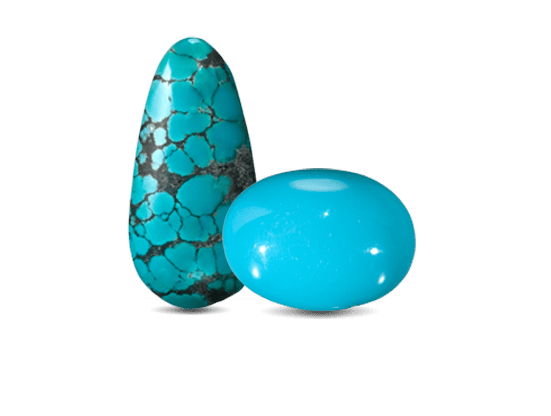
Turquoise tem uma longa história e mantém a distinção de ser a primeira pedra preciosa a ser extraída e replicada. Já em 4000 aC, as contas feitas de turquesa foram descobertas em locais de sepultamento nos antigos túmulos egípcios.
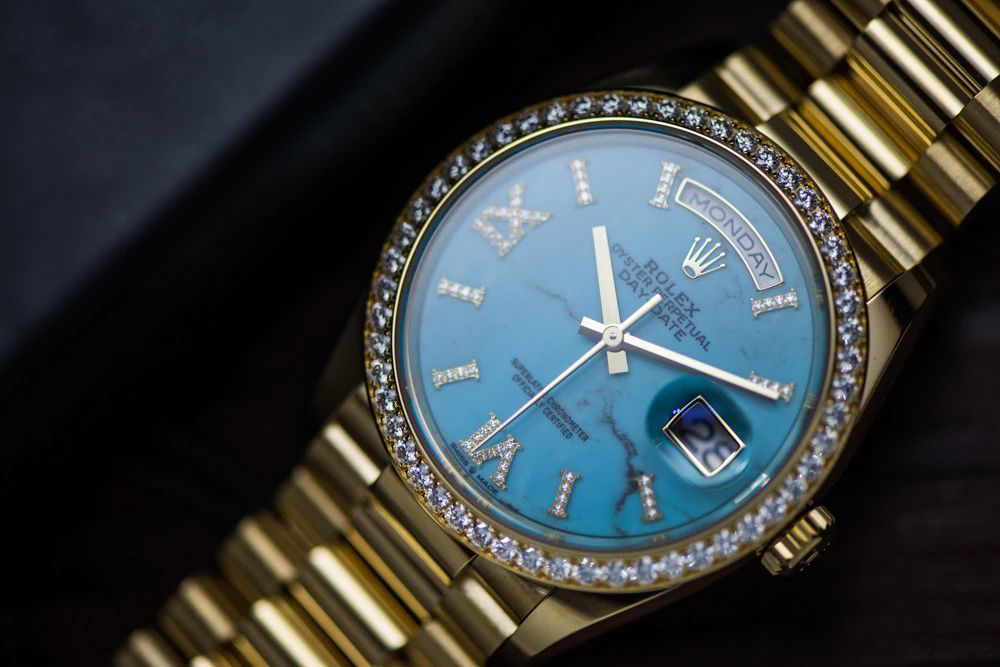
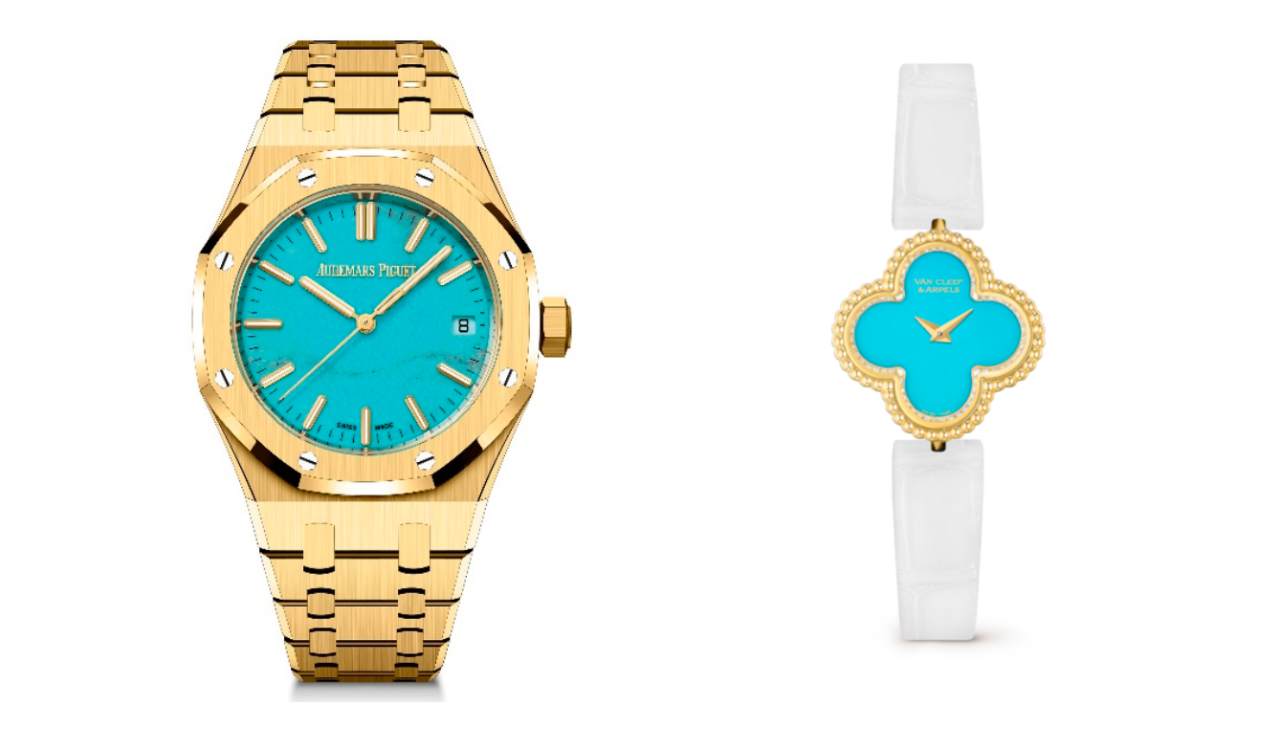
Atualmente, o Irã e os Estados Unidos são fontes significativas de turquesa de alta qualidade, sendo a China o maior produtor global. Além disso, o México, a Austrália, o Chile, a Rússia, a Turquia e outras regiões também contribuem para a produção de turquesa.
05 Chrysocolla (também chamado: Turquoise)
Draidade do MOHS: 3,5-4.5
Acima mencionado turquesa não é a mesma pedra com crisocola, mas o nome pode ser o mesmo, Chrysocolla é um mineral de cobre conhecido por sua cor verde turquesa, e as amostras de alta qualidade geralmente apresentam formações em blocos com bandas esverdeadas. É frequentemente confundido com turquesa devido a aparência e cor semelhante. Enquanto Turquoise tem uma base azul, a turquesa é verde e pode variar de transparente a semi-translúteis.
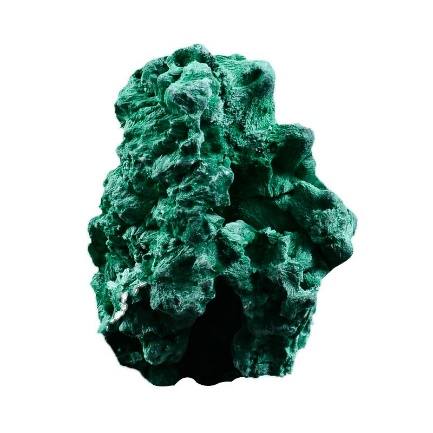
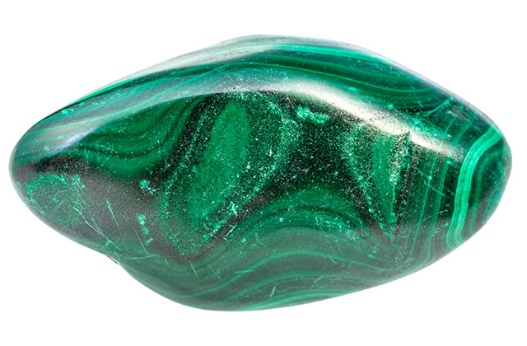
Chrysocolla/turquesa pode ser considerado um dos minerais mais cruciais da história da humanidade. Acredita -se que, em 4000 aC, as pessoas descobriram que o aquecimento da turquesa poderia produzir cobre natural.
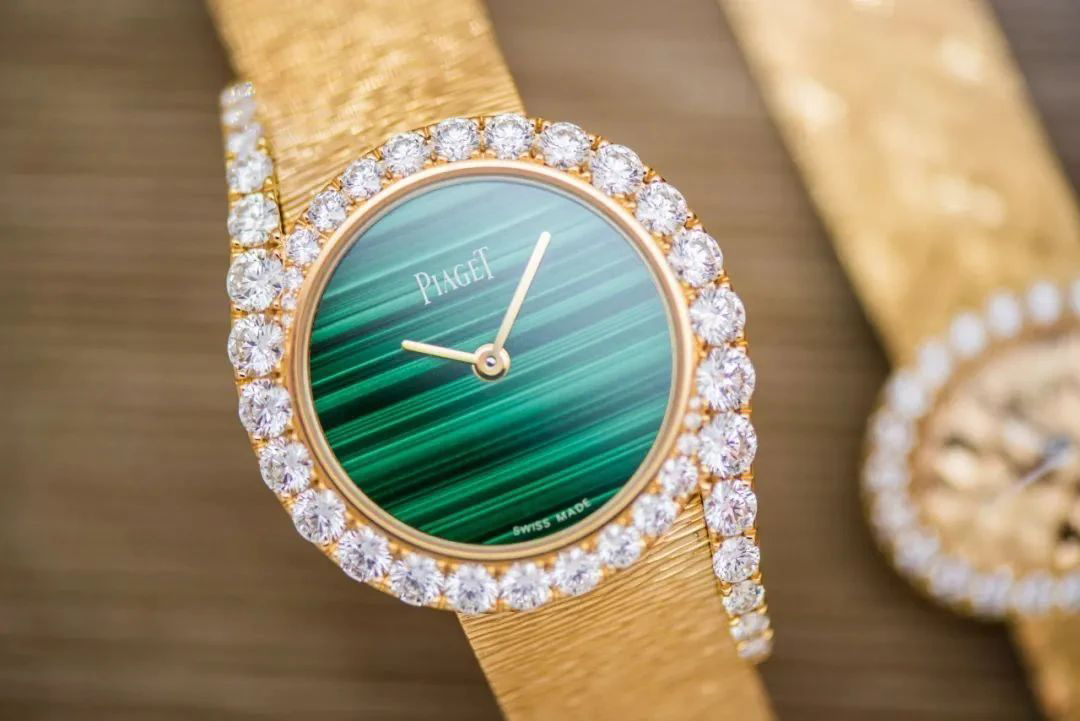
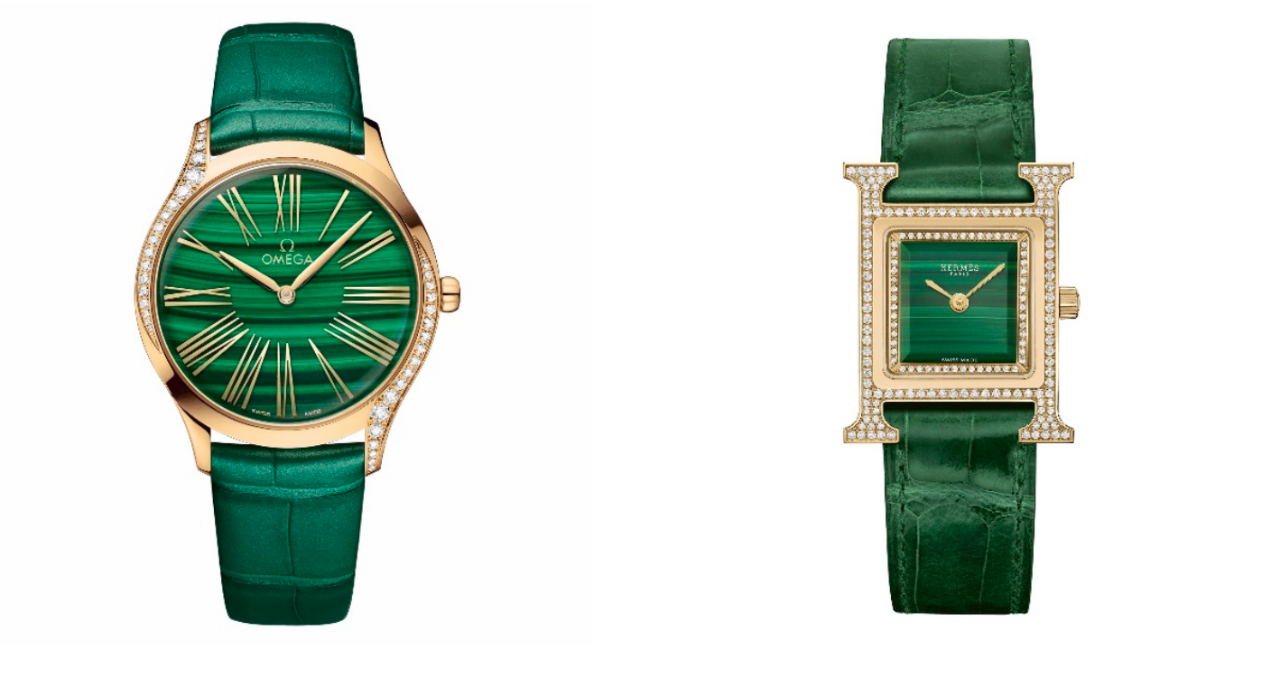
Esta pode ter sido a primeira instância de seres humanos fundindo metal do minério, provocando exploração em minérios metálicos e avançando o desenvolvimento da metalurgia. No antigo Egito por volta de 3000 aC, a turquesa foi reconhecida e usada como amuleto, jóias e sombras.
06 Jadeita
MOHS dureza: 7
Calcedônia é formado quando soluções ricas em baixa temperatura, as soluções ricas em sílica permeiam rochas existentes, especialmente rochas vulcânicas, em cavidades e fraturas. É um dos primeiros materiais de pedra preciosa do mundo. A calcedonia pura é branca, mas assume cores ricas quando contém vários elementos ou inclusões minerais.
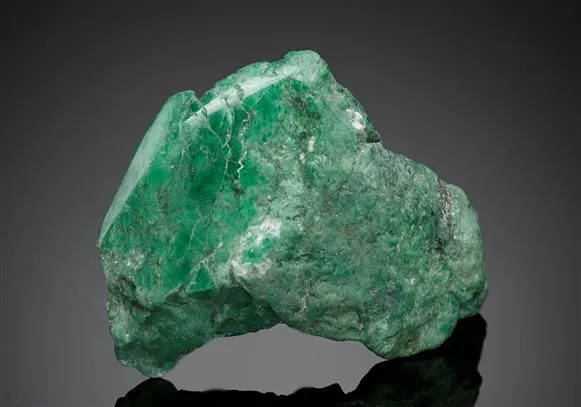
Muitas variedades de calcedonia têm nomes específicos, como Agate, Crysoprase, Bloodstone, Chalcedony Green, calcedônia vermelha, calcedônia azul e carneliana, com a calcedônia verde sendo particularmente valiosa.
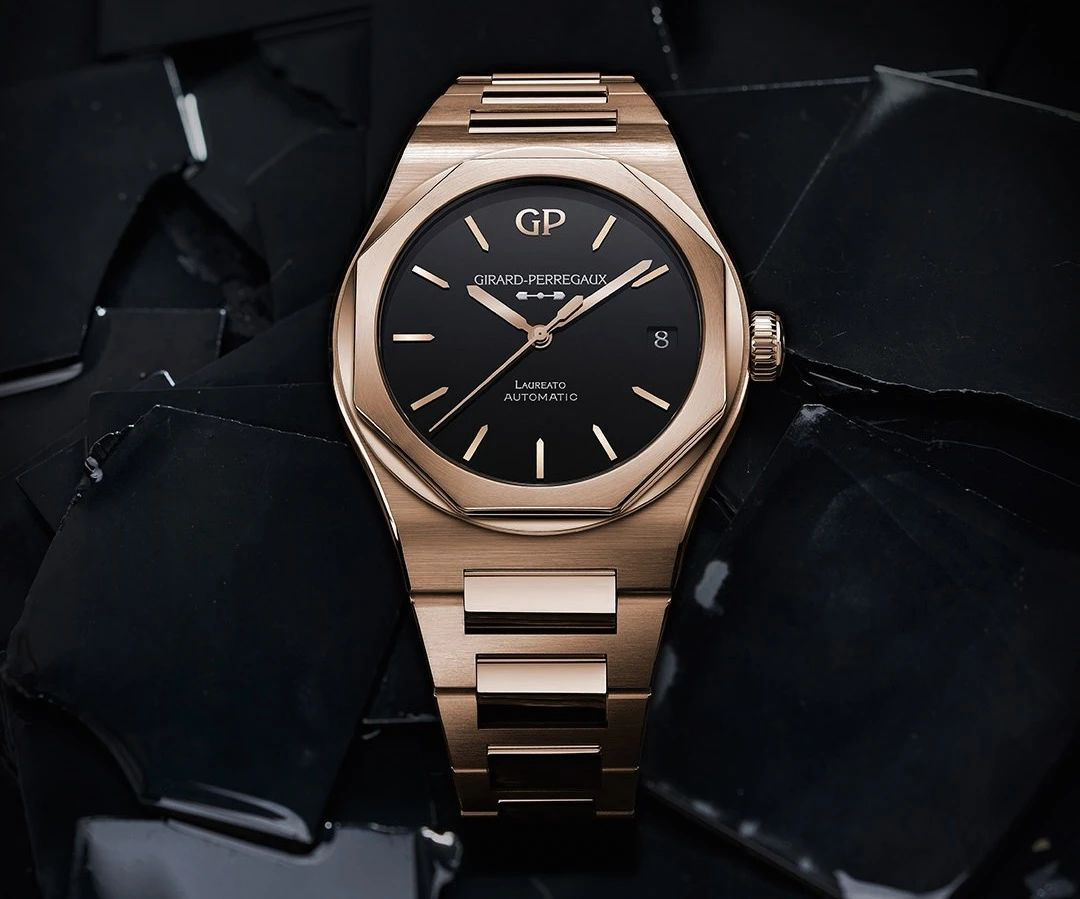
Para diferenciar ainda mais, o Agate é a variedade mais representativa de calcedonia e, se tiver uma estrutura de banda clara, é chamado de Agate. Se não possui uma estrutura em faixas, é considerada calcedonia. O Agate é caracterizado por faixas de cores concêntricas na maioria das amostras, exibindo diversas cores devido a diferentes impurezas, enquanto a calcedonia não possui texturas em faixas e exibe uma cor uniforme.

Os artefatos de Chalcedony datam da Idade da Pedra, com adornos encontrados desde 20.000 a 160.000 anos atrás. Por 3000 aC, os egípcios antigos já estavam usando ágata, calcedonia vermelha e calcedonia verde como itens decorativos.
A calcedonia é encontrada em todo o mundo, com depósitos significativos no Brasil, Uruguai e Índia, produzindo vários tipos de calcedonias. Outras regiões também produzem diferentes variedades de calcedonia, como a China, que é uma grande produtora de Bloodstone. Chalcedony e Chrysoprase são comumente usadas em mostradores de relógio.
07 Euclase
Draidade do MOHS: 5.5-6.5
A euclase se forma quando a sílica penetra em rochas sob o chão através da água da chuva. À medida que a água evapora, os depósitos de sílica na forma de pequenas esferas e ligam com mais silício e água, criando "euclase".
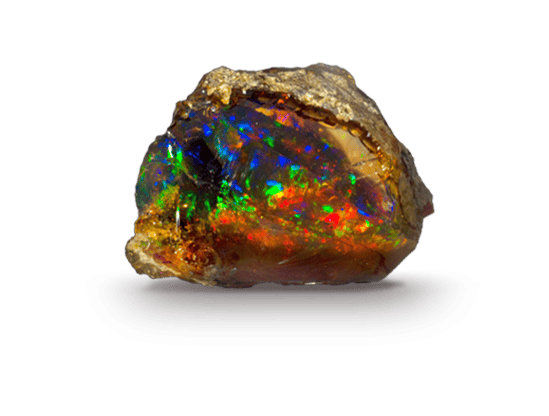
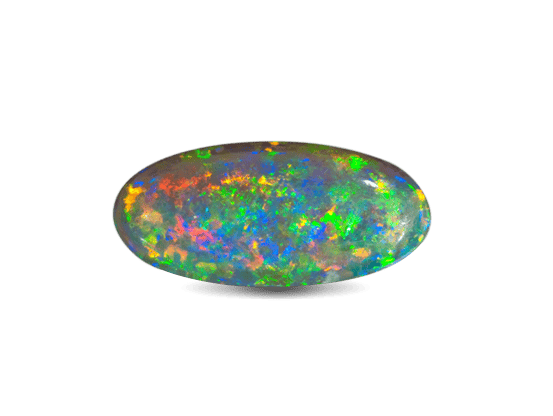
O que torna a Euclase particularmente encantadora é sua iridescência. Quando a gema é movida, várias cores de reflexões cintilantes podem ser observadas. Essa iridescência é formada apenas quando as esferas de sílica são do tamanho apropriado e dispostas em um padrão regular. Quanto mais ordenado o arranjo, maior a área iridescente e mais pronunciada a cor muda. Essa iridescência é considerada a alma e o valor da euclase. A “euclase preciosa” é definida por ter a iridescência, com a iridescência vermelha sendo a mais valiosa.
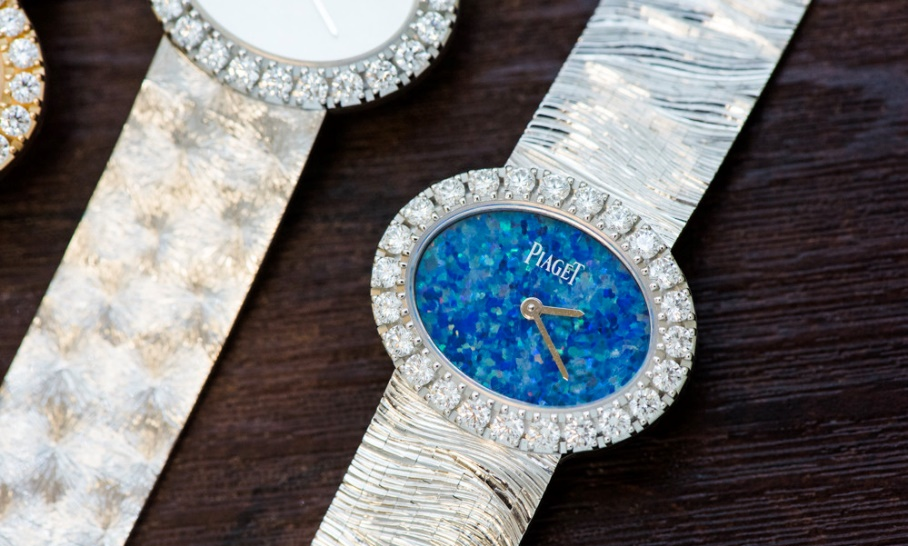
Segundo registros, a área de mineração mais antiga da Euclase fica na Hungria, com a mineração que remonta ao século XIV, e continua sendo uma fonte de euclase hoje. A Austrália é o maior produtor de euclase, e o México e a África do Sul também são as principais regiões produtoras.
08 Mãe de Pearl (outro nome: NACRE)
Draidade do MOHS: 2.5-4
Madrepérola refere -se ao revestimento interno de certas conchas moluscas que podem naturalmente produzir pérolas. Esses moluscos normalmente habitam águas rasas e são encontradas em recifes de coral e fundo marítimos nos oceanos Pacífico, Atlântico e Indiano. Durante o período prolongado durante o qual as pérolas se formam, o revestimento interno da Mãe de Pearl é revestido com nácar, emprestando a cor e tornando-o um material bonito e procurado.
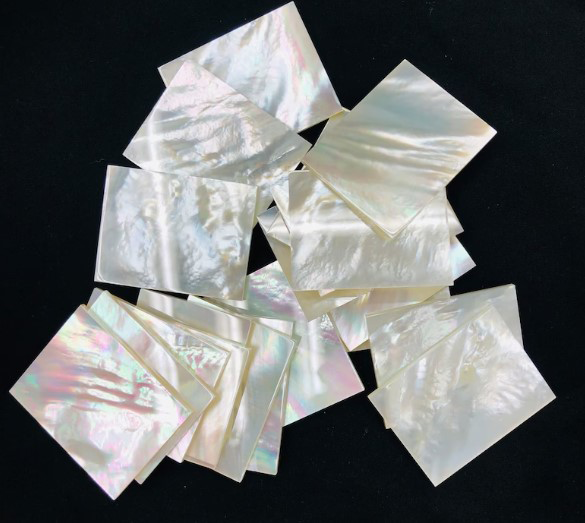
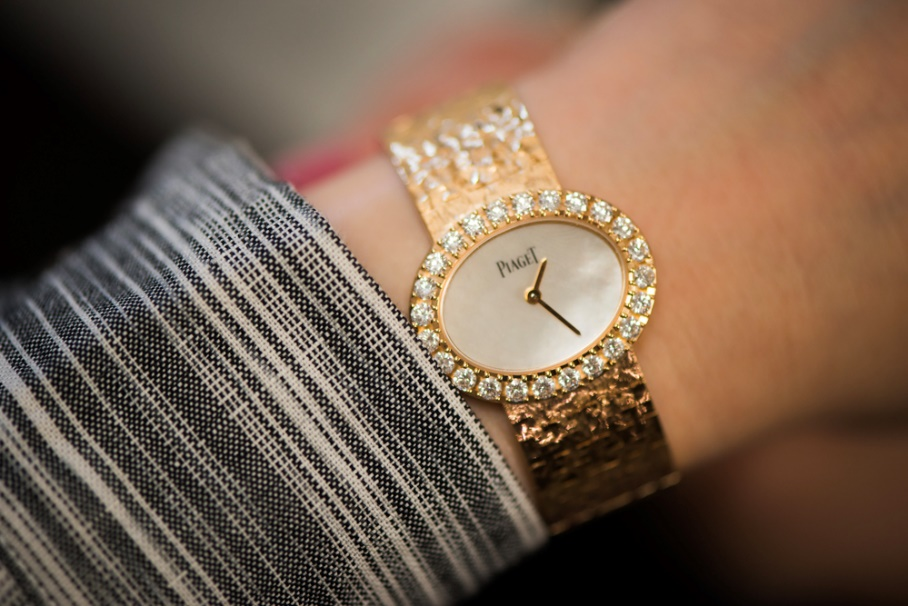
Comparado às pérolas, a mãe de Pearl é mais durável e resiliente. Desde o século XIII, foi acalentado pela nobreza européia como material para artes decorativas. A mãe de Pearl foi usada para adornar móveis, criar caixas de jóias e até usada na criação de alças de faca, tornando -se uma parte essencial da vida durante a época. Mãe de Pearl é um material comum nos mostradores de relógio.
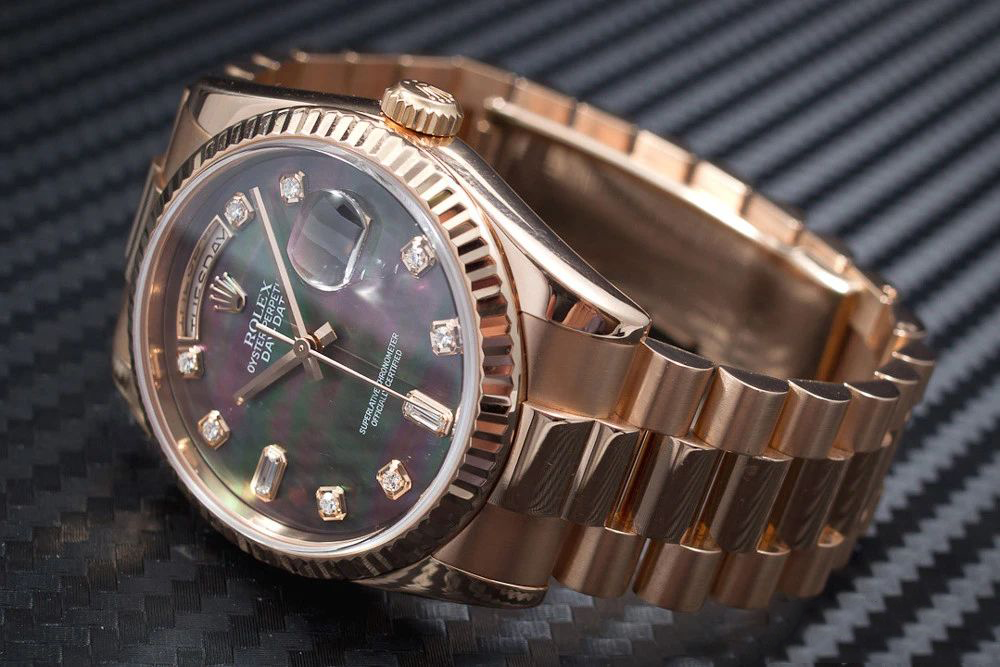
Mãe de Pearl vem em duas variedades: grau industrial e gema, com o último sendo mais raro. O material usado nos mostradores de relógio é de qualidade do grau de pedras preciosas. Cada pedra preciosa natural sofre processos meticulosos, como classificar, dividir, cortar, moer, polir, acabar, perfurar, esculpir e definir antes de atingir sua forma final como um mostrador de relógio cativante.
09 Meteorito
Ddução do MOHS: cerca de 4,5 a 5,5
UM meteorito é um fragmento de um corpo celeste, como um cometa, asteróide ou meteoróide, que sobrevive à sua passagem pela atmosfera e pousa da terra na superfície da Terra. Esses fragmentos podem variar em tamanho, de pequenas partículas a grandes massas pesando várias toneladas. Os meteoritos fornecem informações científicas valiosas sobre o sistema solar inicial e além.
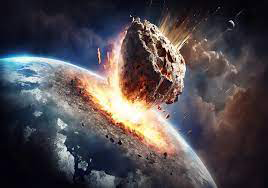
Existem três tipos principais de meteoritos com base em sua composição:
- Meteoritos pedregosos (condritos): Estes são o tipo mais comum e consistem em grande parte de minerais de silicato. Os condritos geralmente contêm pequenas estruturas esféricas chamadas condrúulas, que se pensam estar entre os materiais sólidos mais antigos formados no sistema solar.
- Meteoritos de ferro: Compreendendo principalmente a liga de ferro-níquel metálico, esses meteoritos são densos e geralmente possuem uma superfície polida e distinta chamada padrão de Widmanstätten. Esse padrão é o resultado do resfriamento lento do metal no espaço ao longo de milhões de anos.
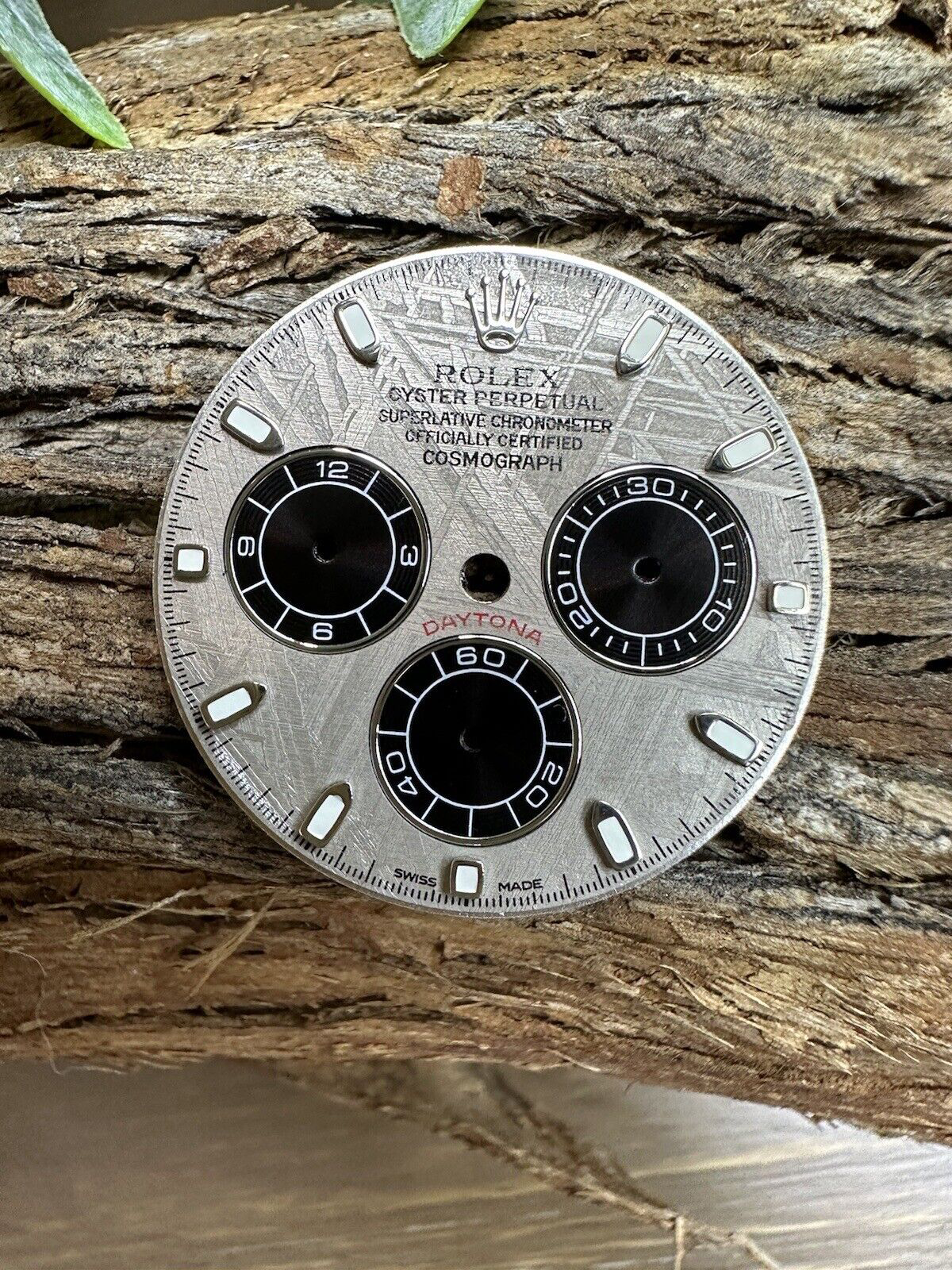
Imagem de discagem meteorita da internet - Meteoritos de ferro pedregoso: Esses meteoritos contêm uma mistura de minerais de silicato e liga metálica de ferro-níquel. Eles são relativamente raros e são divididos em dois grupos principais: Pallasitas, que têm cristais de olivina embutidos em uma matriz de metal e mesosideritas, que têm uma mistura complexa de minerais de metal e silicato.
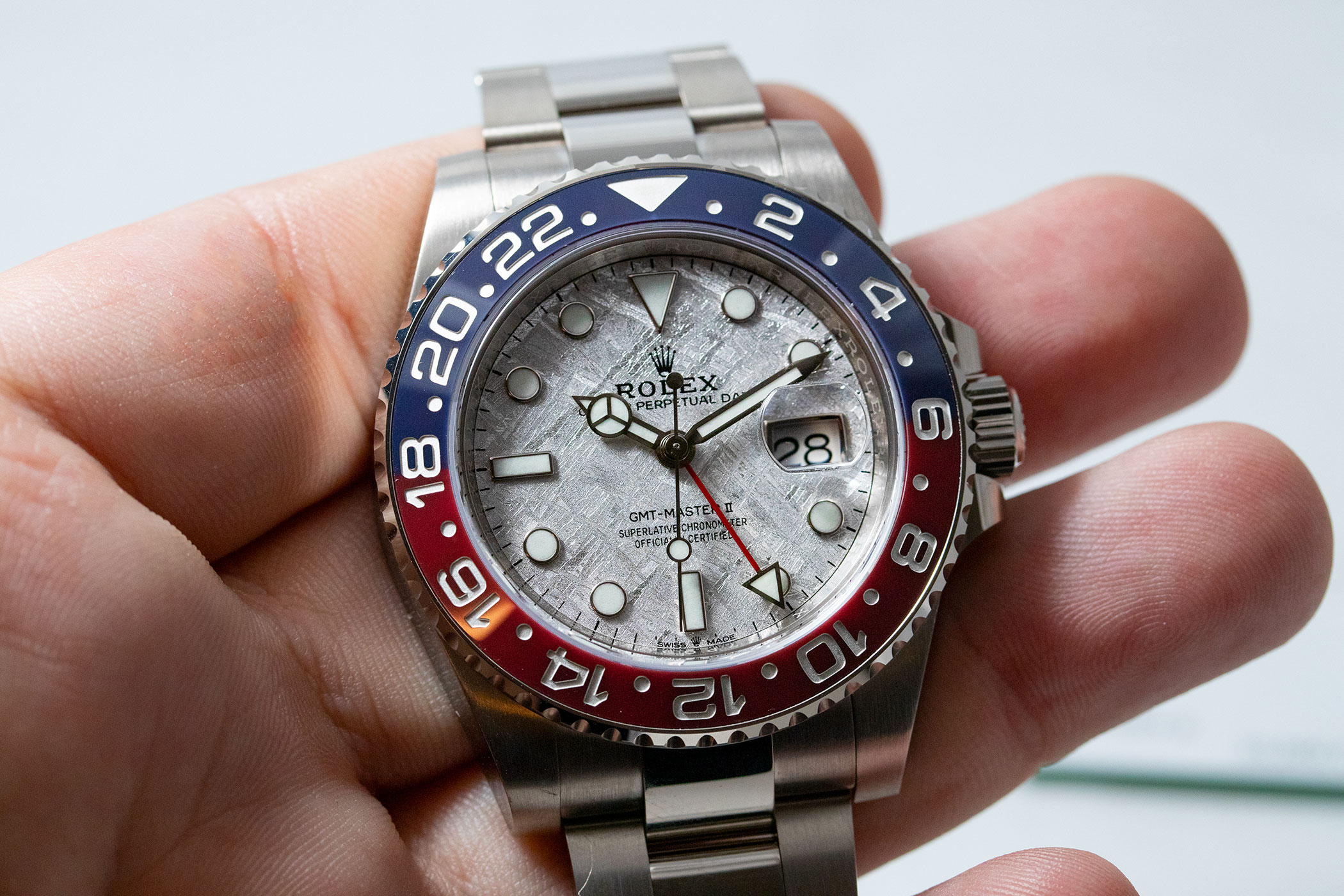
Os meteoritos podem ser classificados ainda mais com base em suas características, composição e estrutura de queda. Eles fornecem informações sobre as condições iniciais do sistema solar e os processos que levaram à formação de planetas e outros corpos celestes. Os cientistas estudam meteoritos para aprender mais sobre as origens e a evolução do nosso sistema solar.
Pensamento final:
Se você está familiarizado com jóias, pode ver que todas essas pedras preciosas também são usadas em jóias, como brincos e colares, pulseiras e anéis, diferentes pedras são escolhidas para suas cores, propriedades e estéticas, permitindo que os designers de jóias criem peças diversas e exquisitas.
Como um presente da natureza, cada pedra preciosa natural é única, mostrando a beleza da natureza em várias formas. Você comprou algum relógio com mostradores de relógio feitos de pedras naturais?
Fonte:
Lapis Lazuli: https://en.wikipedia.org/wiki/Lapis_lazuli
Olho de tigre: https://en.wikipedia.org/wiki/Tiger%27s_eye
Turquesa: https://en.wikipedia.org/wiki/Turquoise
Chrysocolla: https://en.wikipedia.org/wiki/Chrysocolla
Calcedônia: https://en.wikipedia.org/wiki/Chalcedony
Meteorito: https://en.wikipedia.org/wiki/Meteorite

